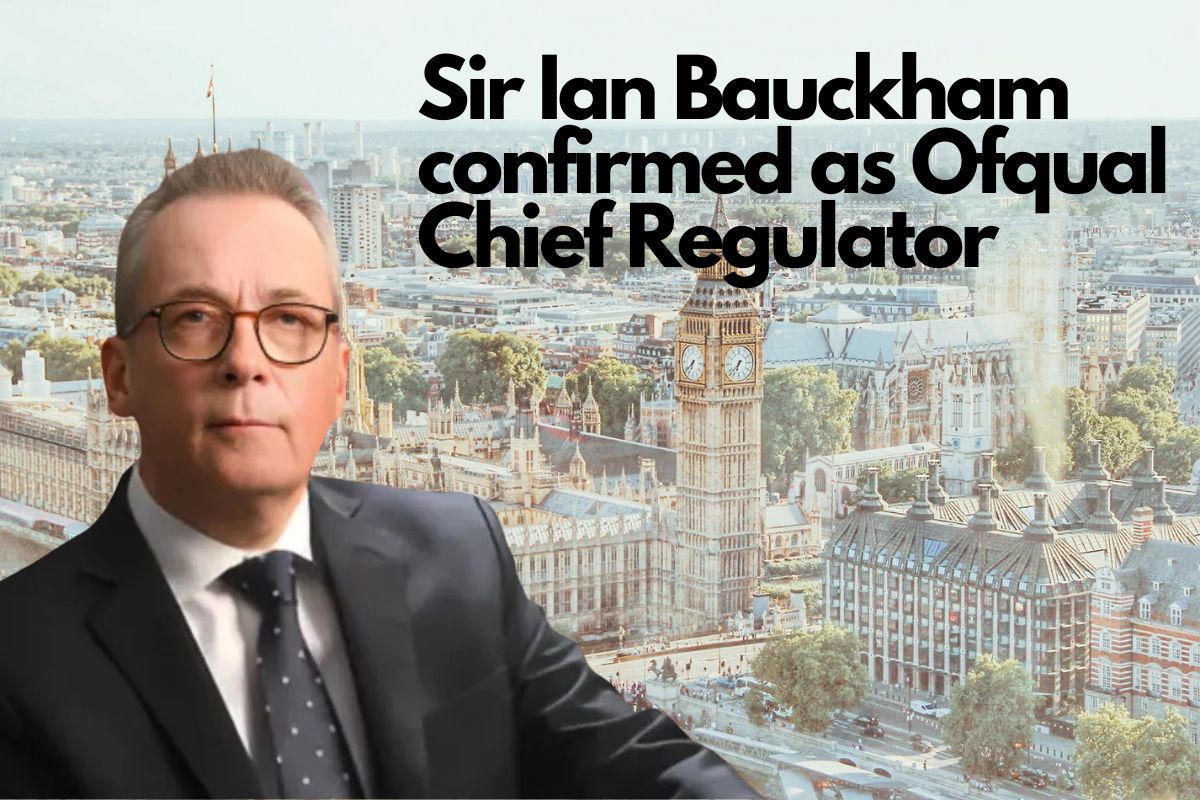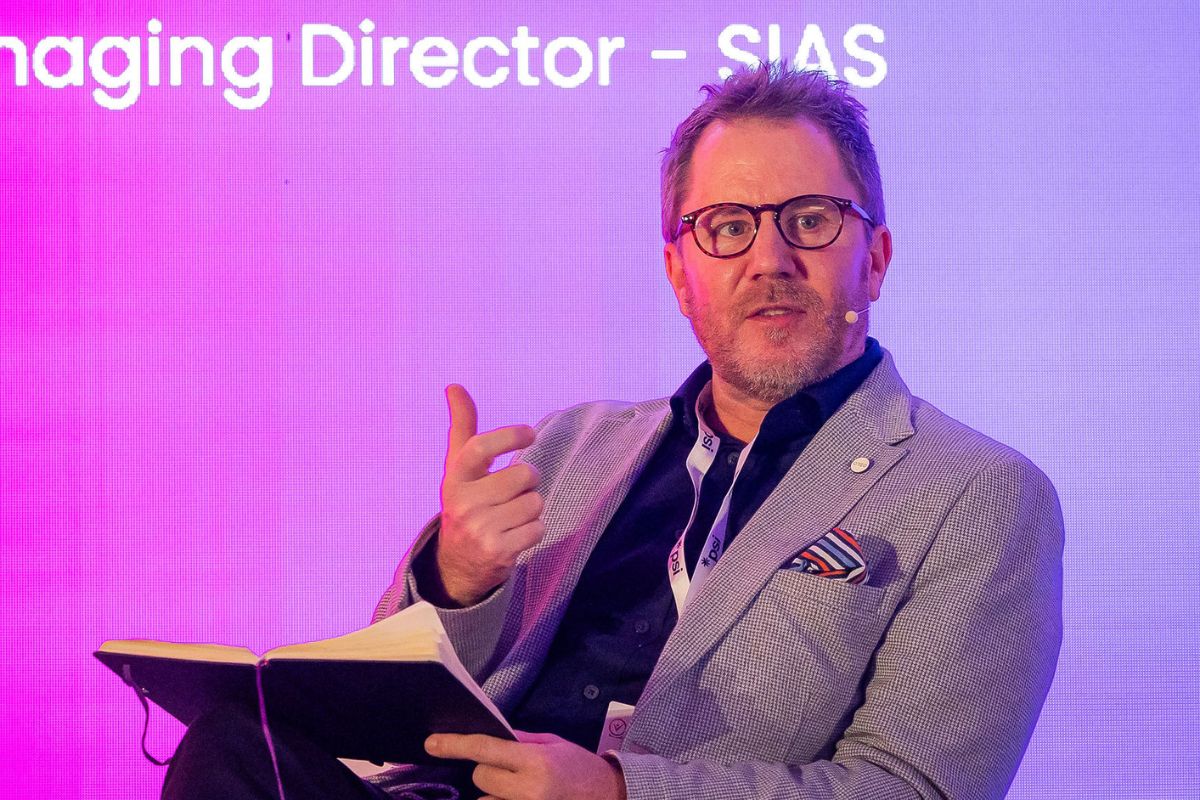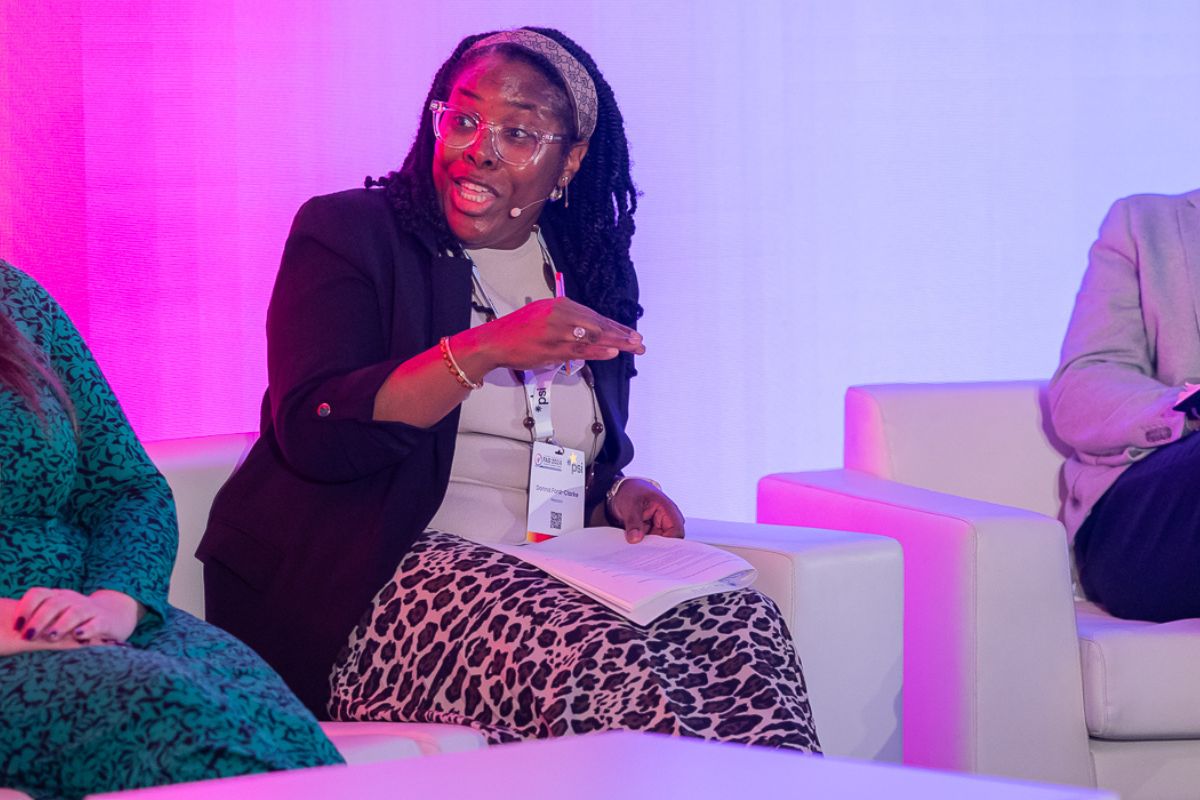Top Five Predictions for Leadership Capability in 2019

When it comes to talent management, all businesses are struggling to cope with and remain resilient to the change we’re currently seeing in the market. This period of constant change is driven not only by customers, but by employee demands too. For Sarah Bampton, Head of Leadership Capability at Fujitsu, organisations need to do more to better equip their talent, particularly as this will play an important role in their long-term success:
All businesses are struggling with the same challenges around key macro-trends that are impacting how people want and need to work. For one, there is much more focus on work-life balance and collaborative working across different locations and time zones.
Whilst some organisations are good at letting people work when and where they want to – and outside of formal hours – others are still getting their heads around what’s right for their organisations and workers.
The pool of talent has expanded vastly – no longer is one person in a family the bread winner. You can often have two people with demanding jobs, meaning organisations are having to work harder to help facilitate functional and happy professional and personal environments.
But in order to overcome these challenges, organisations will need support and direction from the leadership team. To help with fully utilising talent, 2019 will see the need for business leaders to wear two hats: one for enabler and one for disrupter.
As enabler, they will enable and empower teams to learn, develop and deliver. Then as disrupter, this will be about challenging outside of their remit, pushing boundaries, taking risks and most importantly, role modelling the behaviour that organisations need to transform. This will by no means be an easy feat, but there is a requirement in today’s working context for business leaders to play these two roles.
In light of this, what we should expect from talent management in the coming year:
1. Leaders acting as ‘scrum master’
Within the context of agile working, next year we’ll see more examples of leaders acting as ‘scrum master’. A ‘scrum master’ empowers teams to deliver what they need to in the workplace by helping unblock things – whether that’s approvals from senior members of the team or processes.
It’s not about telling the team what they need to do, but more about making sure they have the freedom to make the most impact. Although it’s not a new concept, senior leaders acting as a ‘scrum master’ is becoming more common practice and will happen more and more, particularly as we move towards more dynamic teams.
2. A change in job ads and descriptions
When it comes to job ads and descriptions, there will be a move away from lengthy lists of skills to more punchy job ads, which focus on a shorter list of requirements: ones that are more closely aligned to passion and personal attributes.
Long lists of skills and chunky texts tend to turn a lot of people off – especially the younger generation who aren’t used to reading reams of content. As we’re operating in a job-seekers market, going out to market with a job needs to be really punchy, engaging and speak to the individual. Whilst organisations are already starting to do this, we’ll see an uptick in the coming year.
3. A more collaborative approach to leadership
Nobody has all the answers – so leaders and talent in general need to be good at thinking and working collaboratively towards an action plan. No longer can one person make all the decisions – in today’s business world, where there is so much turbulence and uncertainty, those organisations which encourage a more collective and collaborative approach are the ones that will be successful.
As a result, we’ll see a massive shift in power, whereby there will still be a need for someone to ultimately make the final decisions, but they will enabled to do that by getting data from difference sources and listening to a team rather than sitting in a room by themselves.
4. An increased focus on leadership
In years gone by, there haven’t been many organisations which have placed such a focus on leaders; however, this is coming to the fore. More recently, there have been a number of roles advertised in helping organisations drive leadership programmes, and there has been a lot more research and thought-leadership on helping individuals evolve and develop.
Leadership is changing, and leaders need to evolve. Fortunately, 2019 will see a huge focus on this with companies recognising the need to invest more money into programmes that help talent effectively take on leadership roles in the future.
5. A re-evaluation of AI’s value
Today, there has been a lot of pressure put on artificial intelligence to solve some of HR’s core challenges. However, many forget that it’s still in its very early stages – for example, shortlisting candidates.
People expect AI to do a lot more than it can in reality – just take the news of Amazon’s secret AI recruiting tool which showed bias against women as a prime example of this – so there will likely be a trend towards organisations pulling back on this and properly evaluating where its current capabilities can add value.
Sarah Bampton, Head of Leadership Capability at Fujitsu











Responses